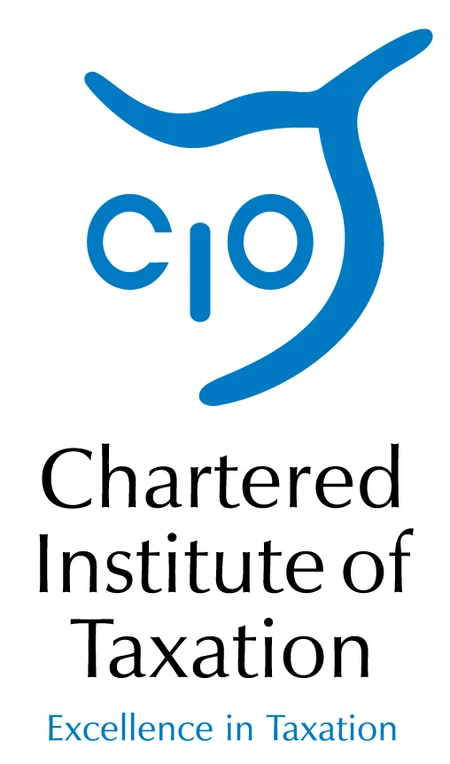In a recent survey of entrepreneurs carried out by Aldermore, 79% of respondents believed existing government initiatives did not provide enough support to small businesses.
In the case of one of these initiatives, capital allowances, only 27% of respondents were aware of the scheme and only 5% were using it to support their business.
This would suggest that many businesses are missing out on a tax-saving opportunity. But what are capital allowances and who can claim them?
Capital allowances is the term used to describe the tax deduction a business may claim for expenditure on business equipment, in lieu of depreciation.
For expenditure on capital equipment used entirely in the business, including vans, office equipment and fixtures in buildings owned and used in the business, you may claim a full 100% deduction of up to £200,000. This is the Annual Investment Allowance.
If your business is in a new economic activity located in an Enterprise Zone your business is entitled to a 100% deduction on all qualifying expenditure (until 31 March 2020), as referred to above, but with further conditions.
The allowance is available for each enterprise if you run more than one, provided these businesses are not controlled by the same person and either occupy the same premises or carry on the same business activities.
A 100% first year allowance is available for investment in designated energy saving plant and machinery, plant and machinery to reduce water use and improve water quality, and for new unused cars with official emissions of up to 50g/km.
Most plant and machinery qualifies for an allowance of 18% on a reducing balance basis. There is a lower rate of 8% for long-life assets, fixtures integral to buildings, high emission cars and thermal insulation. These allowances are in addition to the reliefs referred to above and provide a mechanism for ongoing relief when the AIA limits are exceeded.
There are no capital allowances available on the purchase or construction of buildings. However, many items that form part of a building may actually be regarded as plant or as features integral to a building and may therefore qualify for a capital allowance deduction.
As capital allowances are based on qualifying expenditure in the accounting year, you might consider buying plant and machinery before the end of the year, rather than just after, in order to obtain an earlier deduction. Timing of expenditure may also be important in years when an AIA is likely to be exceeded and/or a business may be considering some sort of restructuring or change of ownership.
As always, talk to your tax adviser to ensure valuable reliefs are not being overlooked.
Martin Tomes
Director – Taxation Services



